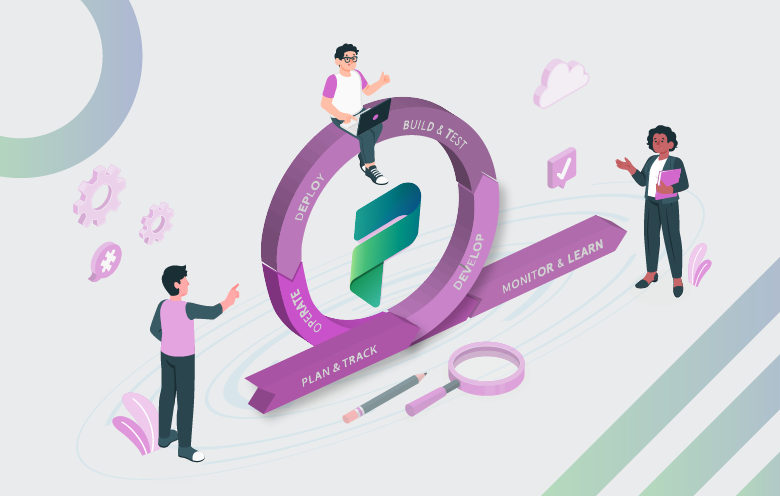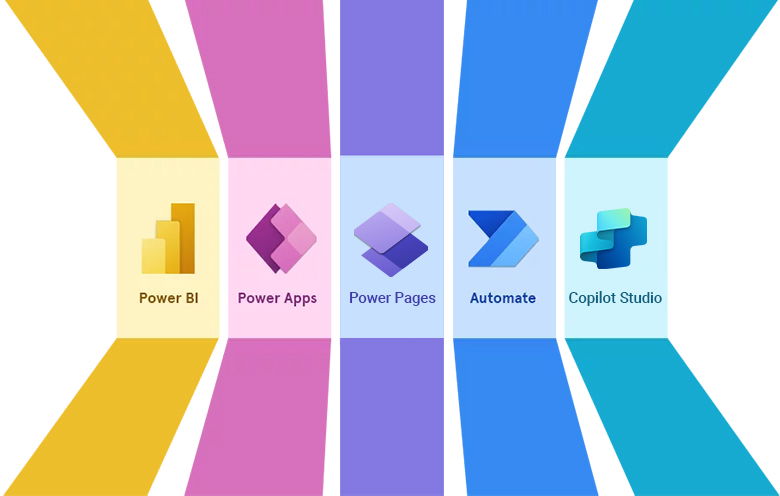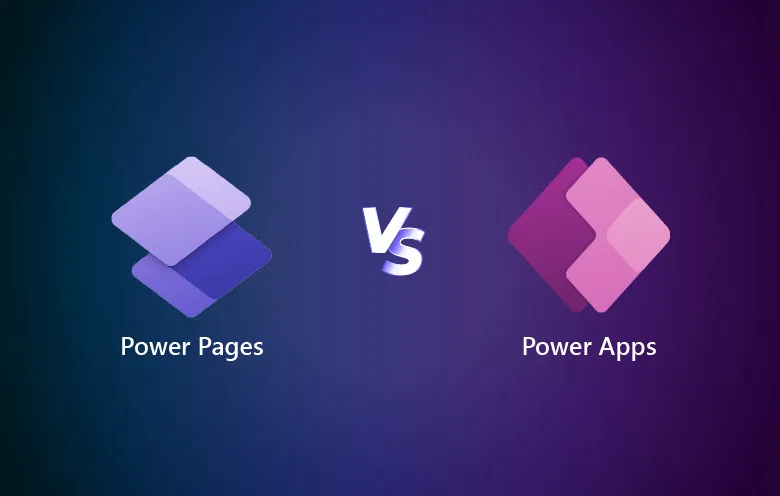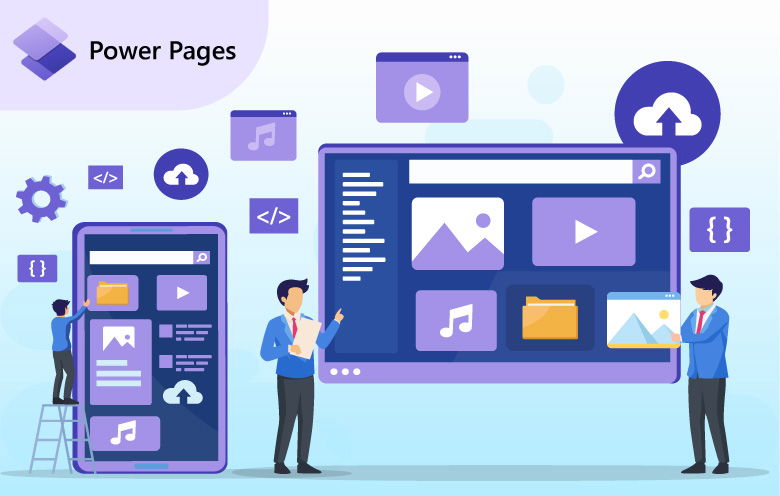Application lifecycle management (ALM) helps businesses across the globe deliver high-quality applications on time and within the set budget while reducing risk and improving efficiency.
The Microsoft Power Platform is a powerful tool that allows businesses to create custom apps, automate workflows and gain insights. As businesses rely more on Power Platform for their critical operations, it is important to have effective application lifecycle management (ALM) in place.
What is ALM?
Application lifecycle management (ALM) is a set of processes and tools that help organizations manage the governance, development and maintenance of software applications. ALM is important because it helps to ensure that applications are developed in a timely and efficient manner and that they meet the needs of users.
ALM combines concerned with all aspects of the process to achieve the goal of driving efficiency through predictable and repeatable software delivery.
Key areas of focus in ALM
1. Governance involves managing requirements and resources, and overseeing system administration tasks like data security, user access, change tracking, reviews, audits, deployment control and rollbacks.
2. Application development involves recognizing existing issues, then planning, designing, constructing and testing the application, along with ongoing enhancements. This area encompasses both traditional developer and app maker roles.
3. Maintenance covers app deployment and the upkeep of optional and related technologies.
ALM tools for the Power Platform
There are several ALM tools available for the Power Platform, including:
- Power Platform Build Tools for Azure DevOps: This tool allows developers to integrate Power Platform development with Azure DevOps.
- GitHub Actions for Power Platform: This tool allows developers to automate Power Platform development tasks using GitHub Actions.
- ALM Accelerator: This tool is a set of tools and templates that help organizations implement ALM for Power Platform.
ALM best practices
Create separate environments for different purposes
ALM tools keep evolving with time, making it easier for you to pick the environment that best suits your needs. Environments are a space to store, manage and share your organization’s business data, apps and business processes.
Using the Power Platform admin center, you can create different environments:
- Sandbox environment is any non-production environment in the Dataverse. Isolated from production, a sandbox environment is the place to safely develop and test application changes with low risk.
- Production environments allow apps and other software to be put into operation for their intended use.
- Developer (formally called Community). The Power Apps Developer Plan gives you access to Power Apps premium functionality, Dataverse and Power Automate for individual use. This plan is primarily meant to build and test with Power Apps, Power Automate and Microsoft Dataverse or for learning purposes.
- A single default environment is automatically created for each tenant and shared by all users in that tenant. The tenant identifies the customer, which can have one or more Microsoft subscriptions and services associated with it.
Use source control
Source control allows you to track changes to your Power Platform solutions and to revert to previous versions if necessary. This is essential for managing complex solutions and ensuring that you can always recover from mistakes.
Use continuous integration and continuous delivery (CI/CD)
Get new features and updates into your customers’ hands faster. CI/CD can help you build, test, and deploy software to improve customer experience and keep them engaged with your product.
Use a center of excellence (CoE)
A CoE is a team of people who are experts in Power Platform development and management. A CoE can help establish and enforce best practices, provide support and training to developers, and manage the overall ALM process.
Understanding ALM concepts with a use case
A large financial services company wants to develop a custom app using Power Platform for managing its expense reporting process. The company is looking forward to a formal ALM process to ensure that the app is developed, tested and deployed in a safe and controlled manner.
The ALM process includes the following steps:
- Requirements gathering and analysis: The company’s business analysts work with Power Platform consultants to gather and analyze requirements for the app. The requirements are documented in a requirements management tool.
- Solution design: The Power Platform developers design the app based on the requirements. The design includes the app’s architecture, user interface and features.
- Development: The developers build the app using Power Platform tools. They use a development environment that is isolated from the production environment to prevent accidental changes to production data.
- Testing: The company’s quality assurance engineers test the app to ensure that it meets the requirements and works as expected. They use a variety of testing methods, including unit testing, integration testing, and user acceptance testing.
- Deployment: Once the app has been tested and approved, it is deployed to the production environment. The company uses a controlled deployment process to minimize the risk of disruptions to production.
- Maintenance and support: The company’s Power Platform developers provide ongoing maintenance and support for the app. They fix bugs and add new features as needed.
Benefits of ALM with the Power Platform
Developing a custom app expense reporting process can benefit in the following ways:
- Integration with Azure DevOps: You can integrate Power Platform with Azure DevOps or other DevOps tools to automate build, release, and deployment processes, allowing for continuous integration and continuous delivery (CI/CD).
- Monitoring and Analytics: The Power Platform offers capabilities for monitoring application performance and usage. This data can be used to improve applications and ensure they meet business objectives.
- Rollback and Recovery: In case of issues with a new release, Power Platform allows you to roll back to a previous version or apply quick fixes to minimize downtime.
- Solution Packaging: Solutions in Power Platform allow you to package and bundle various components of your application, making it easier to deploy changes and configurations from one environment to another.
- Governance and Security: The Power Platform provides comprehensive governance features, allowing administrators to set policies and controls to ensure that the development and deployment of applications align with organizational standards.
Power Platform Tools
Businesses can use a variety of Power Platform tools to support their ALM process. These tools include:
- Power Platform Build Tools is a set of tools that help developers automate the development and deployment of Power Platform solutions.
- Power Apps Component Framework is a framework that allows developers to create reusable components for Power Apps and Power Automate.
- GitHub Actions for Power Platform is a set of GitHub actions that can be used to automate the development and deployment of the Power Platform solutions.
- Power Platform Pipeline is a feature that allows administrators to create and manage automated deployment pipelines for Power Platform solutions.
Companies can also use a center of excellence (CoE) to support their ALM process. The CoE is a team of experts who provide guidance and support to Power Platform developers and users. The CoE also develops and maintains the company’s ALM policies and procedures.
ALM with Power Platform: The smart way to develop app
The Microsoft Power Platform is a powerful platform for developing and deploying business applications. However, even with Power Platform, it is important to follow ALM best practices to ensure that your applications are reliable, scalable and maintainable. ALM helps to ensure that software is developed and deployed in a systematic and controlled way, which reduces the risk of errors, improves quality and makes it easier to manage changes over time.
If you are looking for a partner to help you develop and deploy Power Platform applications using an ALM approach, we encourage you to contact us. We have a team of experienced Power Platform developers who can help you implement a robust ALM process that will help you achieve your business goals.



